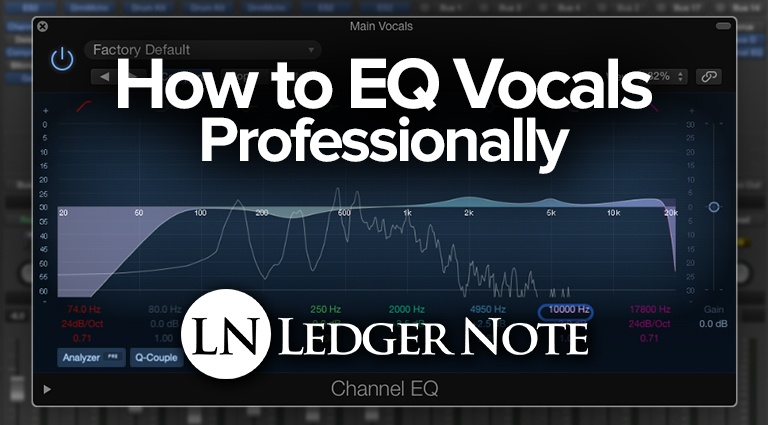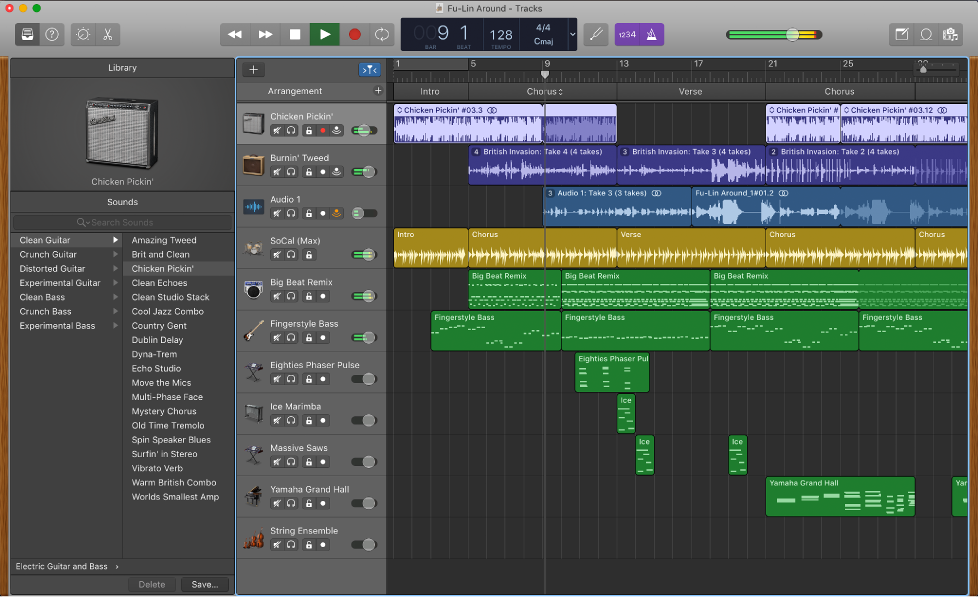

- Best vocal recording software for singers full#
- Best vocal recording software for singers professional#
The suggestion then is to record vocals at around 6 inches to 12 inches.įinally, in some cases, you may have to ‘ride’ the input fader as the singer is laying down the vocal. Unless you want that “intimate” vocal sound, you may not need to record your singer so closely. It’s common sense to say that the closer a singer is to mic, the more “boomy” the vocals will be, and hence, more “P” and “B” sounds will be prominent. However, while recording, experiment with miking distance.

This will not only help reduce plosives (the ‘pop’ sound produced when singing “P” or “B” consonants). For one, you could just set up a pop filter at the proper distance from the mic, for instance. There are many ways where you could capture a consistent volume level when recording vocals. It is therefore your job as the recording engineer to ensure that levels don’t get out of hand. Unfortunately, not every singer will be able to produce a perfectly consistent level. In an ideal scenario, the singer will know enough about proper mic and vocal technique to get a fairly consistent level range into the mic.
Best vocal recording software for singers professional#
Unless you’re working with a professional singer that has years of recording experience, you will likely have to deal with widely, and sometime wildly varying volume levels. But one DIY technique is to simply suspend a thick blanket or similar dampening material around the mic for a quick and dirty solution. There are commercially-available isolation barriers that prevent reflections from the sides and behind the singer from being picked up. But there is a lot you can do to reduce the worst of the reflections that are likely present in your recording space. Proper sound treatment can be quite costly, and it is a fairly complex subject that is well beyond the scope of this article. But it is essential to eliminate, or at least reduce reflections as much as possible if you hope to be able to record decent vocal tracks. If your home studio is located in a spare bedroom or a basement, chances are that you don’t have much in the way of sound treatment. It’s hardly any wonder then that a considerable part of setting up a recording space involves dealing with reflections. They can cause everything from phasing to delayed signals and a host of other anomalies. Reflections are the bane of recording sessions.
Best vocal recording software for singers full#
In general however, large diaphragm condenser mics are better suited to capturing the full range of vocal nuances. Singers such as Michael Jackson and Bono have been known to use relatively inexpensive dynamic mics on their most enduring works. Sure, great things have been done with dynamic mics. In most cases, you will want to record your vocal tracks with a good quality, large diaphragm condenser mic. Choosing the proper vocal mic is essential to getting a good, clear vocal printed onto your recording medium. Mics are the first important piece of equipment in the recording chain. Goes without saying that you need to invest in the right mics. 7 Techniques & Tips For Getting Good Vocal Recordings 1) Use the right mics With the following tips and techniques, you too could produce killer vocal tracks, even if your home studio is a little more than a decent laptop to produce music on and a couple of mics. The good news is that getting decent vocal recordings at home is entirely possible, even with modest gear. However, that’s not always the case, even among the pros. In an ideal world, we would all be able to record vocal tracks in a state-of-the-art recording facility, with drawers full of expensive condenser and ribbon mics and racks and racks of high-end outboard gear. Think of any decades-old classic or your favorite song, and chances are that it’s the vocal that stands out in your memory. A great vocal recording can make or break a song.


 0 kommentar(er)
0 kommentar(er)
